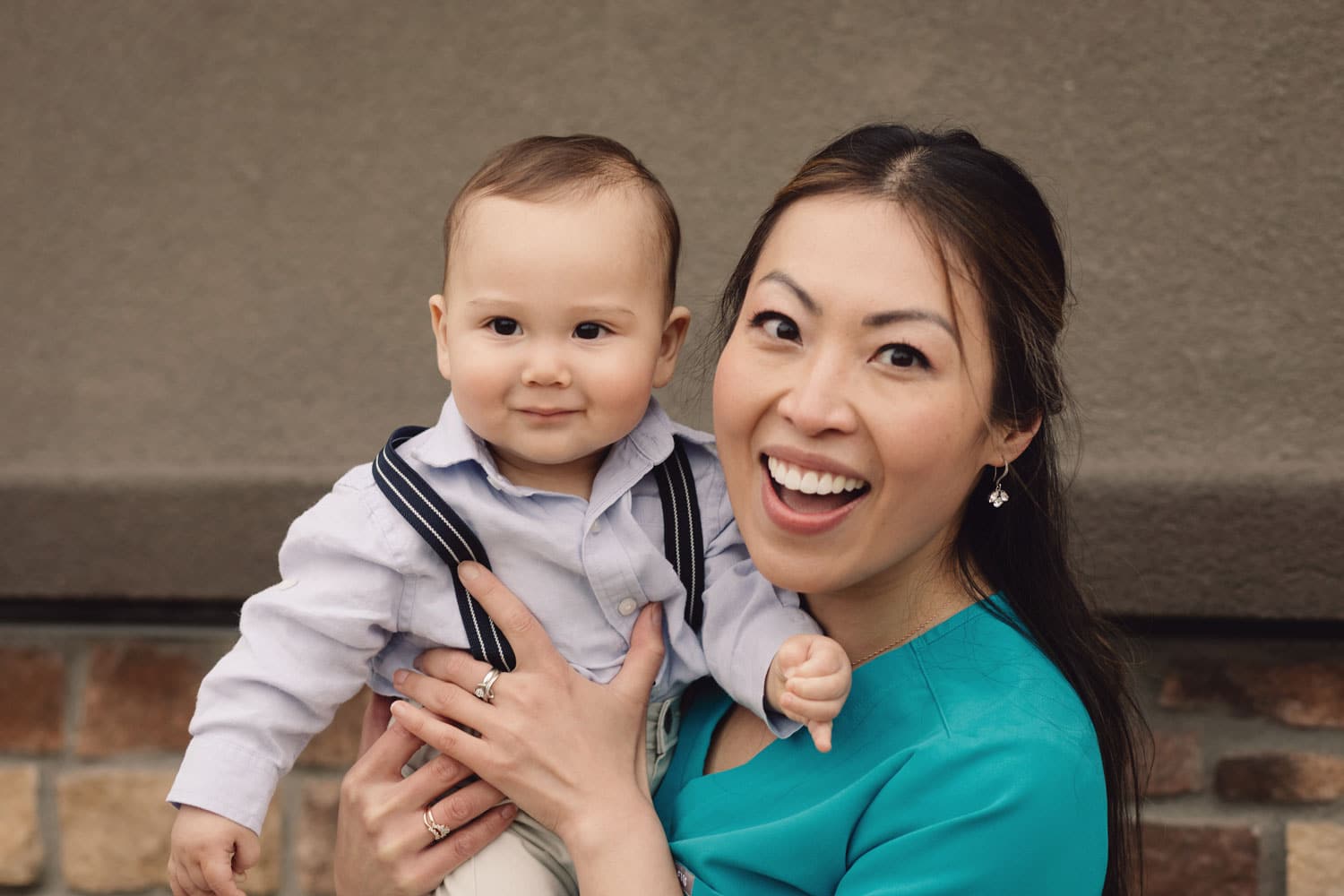Parents: Maybe you remember the phases of tooth growth development you experienced as a child, such as losing your first tooth, or your favorite flavor of toothpaste!
If not, here’s a reminder of the things it’s great for you to watch out for and help with to help maintain your child’s oral health:

Until they’re old enough to look after their own teeth (usually around age 8), you should help your child brush their teeth twice a day for a couple of minutes each time. The advantages of doing this are:
There are special, softer toothbrushes for kids that help them reach all areas of the mouth. Always replace brushes when the bristles start to wear out and wilt at the sides. This usually happens after 3 to 4 months, sometimes sooner.
You can buy toothpastes with formulas especially for children. All should contain fluoride (except for very young children). Around the size of a garden pea is the about the right amount of toothpaste to put on a brush for 4 year olds and over. A bit less—about the size of a grain of rice—for the younger ones.
Remember, some of the things we think are obvious, aren’t obvious to kids who’ve never done this before:
A baby´s teeth start to form during pregnancy. By the time the baby is born, a full set of primary teeth has begun to form underneath the baby’s gums.
Stop in or call our office to meet Dr. Betty and tour our
facility. She’s on a mission to nurture healthy smiles for
life, and provide non-judgmental, affordable, pediatric
dental services, with a particular focus on preventive
dentistry and patient/parent education.






Send Us a Message
Privacy Policy | COPYRIGHT ©2022 CLOVER KIDS DENTISTRY. ALL RIGHTS RESERVED. DENTIST MARKETING BY OMNI PREMIER MARKETING | Sitemap